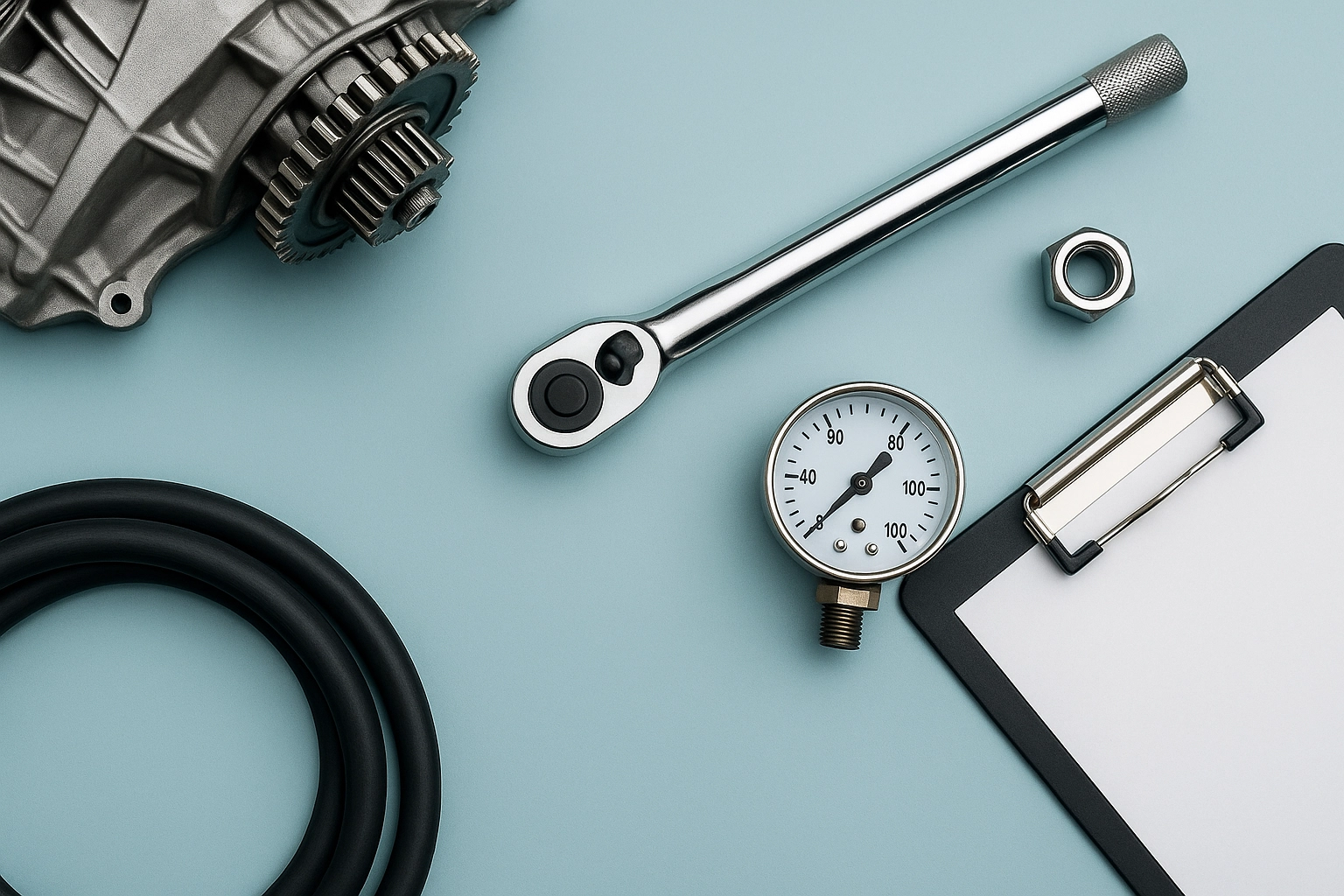SAE J1390 Cooling Fan Performance Testing
The SAE J1390 standard provides a comprehensive framework for testing the performance of cooling fans used in automotive applications. This service ensures that cooling fans meet stringent requirements to maintain optimal engine temperatures under various operating conditions, thereby enhancing vehicle reliability and longevity.
SAE J1390 defines the methodology for testing cooling fan performance, which includes assessing airflow rate, static pressure, sound level, and electrical consumption at different RPMs. The test setup typically involves a climate chamber capable of simulating real-world environmental conditions such as temperature and humidity. Specimens are tested across multiple operating points to ensure they meet all specified parameters.
Testing begins with thorough preparation of the cooling fan specimen. This includes cleaning the fan, ensuring it is free from debris or contaminants that could affect performance measurements. The fan is then mounted onto a test stand designed to simulate real-world use conditions while maintaining precise control over environmental factors.
The first step in testing involves measuring the static pressure generated by the cooling fan at various RPM settings. This helps determine how effectively the fan can move air through tight spaces, which is critical for proper heat dissipation within an engine bay. Next, we measure the airflow rate to ensure it meets or exceeds specified levels required by automotive manufacturers.
Electrical consumption testing follows, where the power draw of the cooling fan is measured under load conditions. This helps assess energy efficiency and identify any potential inefficiencies that could lead to higher fuel consumption over time if left unaddressed. Finally, sound level measurements are taken using specialized acoustical equipment to ensure compliance with noise regulations.
Once all tests have been completed, detailed reports are generated summarizing the performance metrics of each cooling fan tested. These reports serve as valuable tools for quality assurance teams and R&D departments alike, providing actionable insights into areas needing improvement or further optimization.
| Test Parameter | Description |
|---|---|
| Static Pressure | Measurements of the air pressure created by the fan at different RPMs. |
| Airflow Rate | The volume of air moved through the fan per minute. |
| Electrical Consumption | The amount of energy consumed by the fan under load conditions. |
| Sound Level | Measurements of noise produced by the fan during operation. |
In summary, SAE J1390 Cooling Fan Performance Testing is an essential process in ensuring that cooling fans perform optimally within automotive systems. By following this standardized approach, we can identify potential issues early on and make necessary adjustments before they become critical problems down the line.
Why It Matters
The performance of a vehicle's cooling system directly impacts its overall efficiency and longevity. A poorly performing cooling fan can lead to overheating, reduced fuel economy, increased wear and tear on other components, and even premature engine failure. Ensuring that cooling fans meet the stringent requirements outlined in SAE J1390 helps prevent these issues from arising.
By adhering to this standard during development stages, manufacturers can improve product quality while also meeting regulatory requirements. This not only enhances customer satisfaction but also contributes positively to brand reputation and market competitiveness.
In addition to improving vehicle performance, SAE J1390 Cooling Fan Performance Testing plays a crucial role in reducing warranty claims related to cooling system malfunctions. When vehicles are equipped with reliable cooling fans tested according to this standard, there is less likelihood of experiencing such issues during normal usage conditions.
Furthermore, compliance with SAE J1390 helps companies stay ahead of changing industry trends and technological advancements. As automotive technology continues to evolve, maintaining rigorous testing protocols like those prescribed by this standard ensures that products remain relevant and competitive in an ever-changing market landscape.
Industry Applications
- Air conditioning systems
- Vehicular electronics cooling solutions
- Precise climate control for internal combustion engines
- Hybrid electric vehicles (HEVs)
- Pure electric vehicles (EVs)
| Application | Description |
|---|---|
| Air Conditioning Systems | Ensures efficient heat exchange in passenger compartments. |
| Vehicular Electronics Cooling Solutions | Prevents overheating of sensitive electronic components. |
| Precise Climate Control for Internal Combustion Engines | Aids in maintaining optimal operating temperatures. |
| Pure Electric Vehicles (EVs) | Monitors and regulates the heat generated by battery packs and motors. |
Cooling fan performance testing according to SAE J1390 is particularly important for these applications due to their reliance on effective thermal management systems. Properly functioning cooling fans help maintain proper operating temperatures, which in turn enhances both the reliability and efficiency of these critical components.
Customer Impact and Satisfaction
Implementing SAE J1390 Cooling Fan Performance Testing has numerous benefits for customers, including improved vehicle performance, extended lifespan, enhanced safety features, reduced maintenance costs, increased fuel efficiency, and lower emissions. By ensuring that cooling fans meet the highest quality standards, we contribute to a more reliable driving experience.
For our clients engaged in research and development activities, this service offers unparalleled access to cutting-edge testing capabilities tailored specifically for their needs. This allows them to stay ahead of competitors by continuously refining product offerings based on real-world performance data provided through comprehensive testing procedures.





